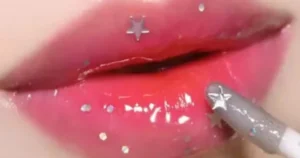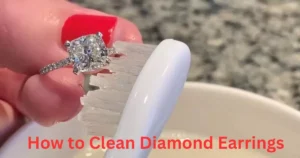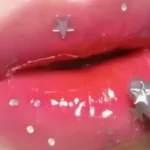Whether you’re switching out jewelry, downsizing to heal a new piercing, or simply need to remove flat back earrings, taking them out needs to be done carefully. The last thing you want is to hurt yourself or damage the piercing by struggling with stubborn backs. This guide will walk you through understanding the anatomy of flat back earrings and providing tips and techniques for easy, safe removal at home.
From loosening tight balls to dealing with stuck posts, you’ll learn practical solutions for trouble-free jewelry changes without aggravating your piercings. Let’s get started with the basics of how flat back earrings are constructed and how best to prepare for removal.
Understanding the Anatomy of Flat Back Earrings
Flat back earrings are one of the most common types of earrings worn for pierced ears. They consist of a round or stud-shaped charm or gemstone attached to a flat metal disk called the earring back. The back is inserted through the piercing and tightened to secure the earring in place.
Preparing to Remove Flat Back Earrings
Before attempting to remove flat back earrings, it’s best to clean the area and prepare your workspace. Wash your hands thoroughly to avoid introducing any pathogens to the piercing site. Then use an antiseptic solution to clean around the earring post and backs. Having a clean surface like a counter or table makes it easier to work.
Removing Flat Back Earrings with Fingers
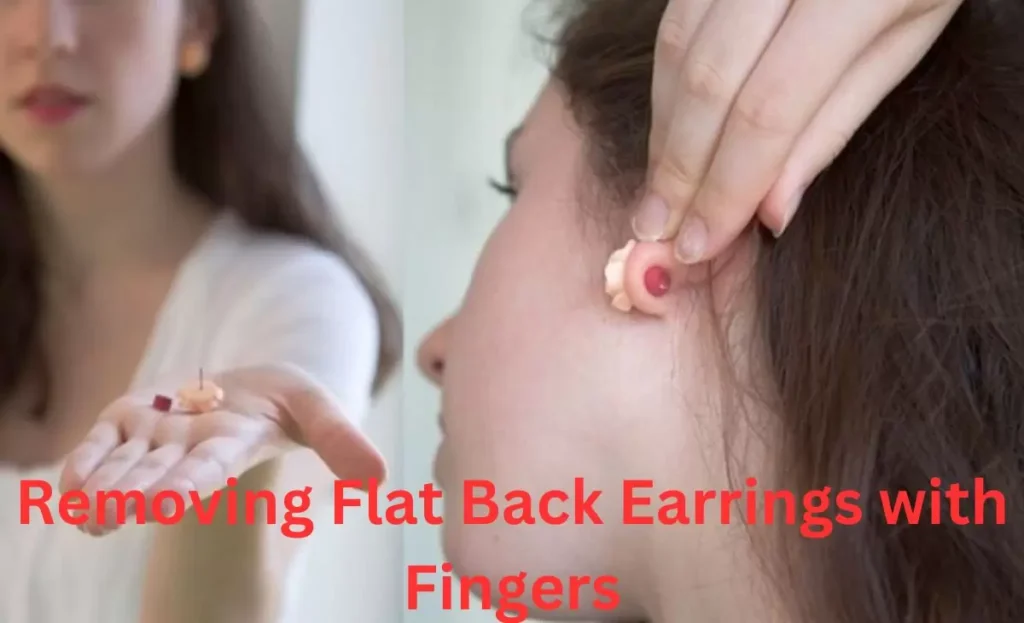
The easiest way to remove most flat back earrings is by hand. Start by loosening the earring back by twisting it in the opposite direction it was tightened. If you can’t get a good grip with your fingers, try using tweezers or pliers for leverage. Once the back is completely unscrewed, gently pull the earring post straight out. Go slowly to avoid snagging on the piercing.
Using Earring Back Removers
For very tight or stuck earring backs, using a specialized tool can help. Earring back removers are slim plastic or metal wedges that fit between the back and your ear. Wedge the tool behind the back and gently twist and lift to pop it free. Brands like EarCraft and Ezlion make affordable, high-quality back removers.
Removing Earrings with Lubricants
If twisting alone doesn’t loosen a stubborn earring, applying a lubricant can assist the removal process. Medical-grade silicone lubricants are a great option as they won’t irritate piercings. Place a small amount on the earring post and back, then try unscrewing once more. The lubrication reduces friction for easier turning.
Tips for Easier Removal of Flat Back Earrings
- Allow new piercings to fully heal before switching jewelry, which usually takes 4-6 months.
- Don’t force or jerk earrings, which could tear the piercing.
- Remove one earring at a time to avoid losing posts.
- Try loosening backs in the shower, as warmth and steam can soften trapped debris.
- See a piercer if an earring won’t budge, to remove it properly.
Cleaning Your Ears After Earring Removal
Once the earrings are out, clean your ear piercings thoroughly to prevent infection. Apply an antiseptic like saline solution to remove any lingering debris. Avoid touching or manipulating the piercing site with unclean hands. Downsize to plastic posts or flip-ups for comfort while healing further.
How do you unscrew flat back earrings?
The basic method is to hold the earring charm or post still with one hand while twisting the flat back counterclockwise with the other. Gripping tools like tweezers or a back remover wedge can give better leverage if hands alone won’t budge the back. Lubricants may help if it feels tight or stuck. But never forcefully pry or jerk jewelry from a piercing.
How to take off earring backs?
To remove earring backs, start by twisting them counterclockwise while securing the earring post or charm still with the other hand or tweezers. Go slowly and apply gentle, steady counter-pressure. If stubborn, try soaking in warm water or using a lubricant before attempting to unscrew further. Back remover tools provide additional leverage in tough cases. Patience is key to safely getting earring backs off.
Why won’t my piercing ball unscrew?
There could be a few reasons why an earring ball won’t loosen:
- It may be on very tightly and require lubrication to reduce friction for easier turning.
- Trapped debris like skin or plasma can bind the ball in place over time.
- The threading is damaged or worn down so it no longer spins freely.
- It’s an adhesive back rather than threaded that needs replacement.
- The piercing is still healing and extra sore/swollen.
How to take off starter earrings?
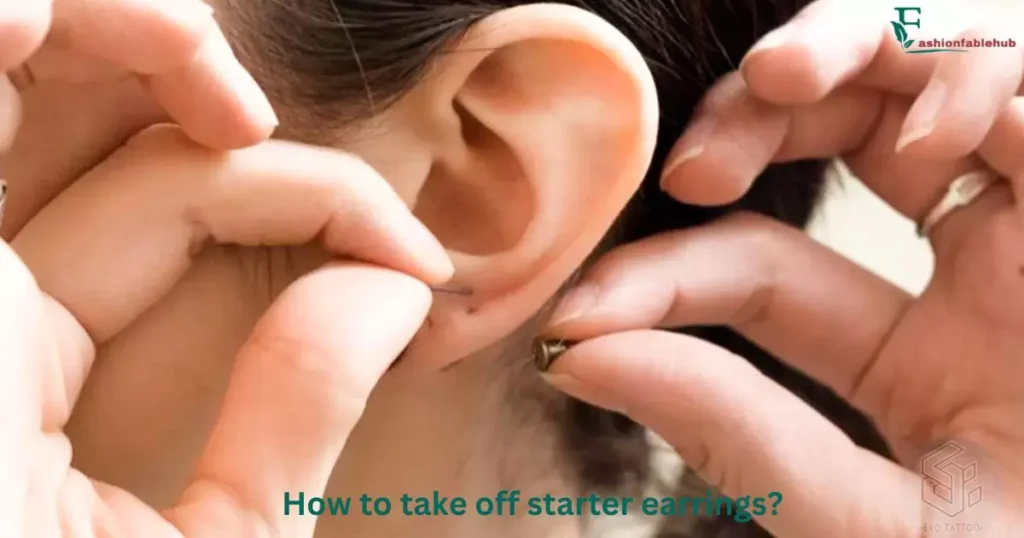
Starter earrings used for initial piercings often have flat plastic or rubber backs that simply pop off, rather than unscrewing. To remove:
- Gently grip the front of the earring with clean tweezers or fingers.
- Use the other hand to grasp the back firmly and pull straight out away from the earlobe.
- Go slowly so it releases smoothly without tugging the piercing.
- Clean the site afterward as usual.
How to loosen a tight earring ball?
If an earring back feels stuck, try these tips to loosen it for removal:
- Soak the ear in warm water for 5-10 minutes (such as in the shower).
- Apply a small amount of medical-grade lubricant behind the ball.
- Twist it firmly in the counterdirection while holding the front steady.
- Use a back remover tool for added leverage if needed.
- As a last resort, see a piercer for assistance to prevent damage.
FAQs
Why is my piercing hard to take out?
it’s normal for your ear’s natural buildup to harden the jewelry, which can make it more difficult to remove
Why does my earring hole feel like a ball?
Hypertrophic scarring is probably the most common lump and bump on piercings. This is basically an irritation bump and is a build-up of collagen, which your body creates when healing a scar.
Will my piercing get stuck if I dont move it?
your jewelry will not become stuck in your piercing,
Conclusion
With care and patience, most flat back earrings can be safely removed at home. Taking time to properly prepare, apply the right techniques, and handle the jewelry gently helps avoid aggravating the piercing or becoming stuck. But don’t hesitate to see an experienced piercer for assistance if removal attempts fail or cause discomfort – their expertise ensures jewelry changes occur smoothly and without injury.

As a seasoned fashion enthusiast with over 6 years of hands-on experience, I’m dedicated to sharing my expertise and passion for all things hair and earrings.

